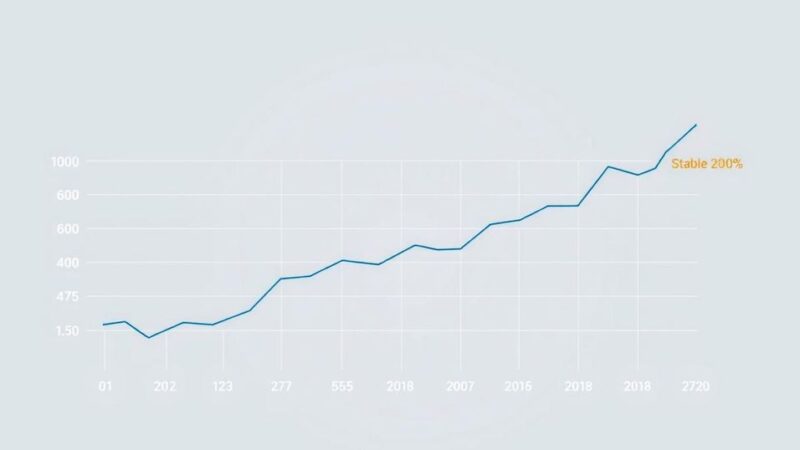In February, Argentina’s inflation rose to 2.4%, up from 2.2% in January, driven by increased housing and public service costs. The year-on-year inflation was measured at 66.9%, down from 84.5%. Under President Milei, the country has made strides in curbing inflation but still faces challenges such as public protests and economic reforms. Analysts predict a further decline to 23.3% by 2025.
Argentina’s February inflation rate increased to 2.4%, matching analyst forecasts, according to INDEC data. This rise marks an uptick from January’s 2.2%, primarily driven by a nearly 4% surge in housing and public service costs. Year-on-year inflation was measured at 66.9%, showing a decrease from the previous month’s 84.5%, though it exceeded Reuters analyst expectations.
The current administration, led by libertarian President Javier Milei, has made strides in controlling inflation, yet the rate has stabilized between 2% and 3% monthly. Analysts at Max Capital project March inflation around 2%, but high-frequency data indicates a possible increase in the early days of the month. Under Milei’s leadership, inflation has diminished from previous triple-digit figures despite the implementation of stringent austerity measures that have sparked public protests.
Last year, Argentina experienced inflation approaching 300%, but it has since declined to double digits. Central bank analysts predict that inflation could fall to 23.3% by the end of 2025. The government’s ongoing strategy also aims to reduce capital controls further, aiming for continued economic stabilization.
Argentina’s inflation has shown slight improvements under President Milei’s administration, with February’s rate at 2.4%, up from 2.2% in January. The overall inflation has decreased significantly from previous levels, yet still hovers between 2% and 3%. Analysts are cautiously optimistic about future trends, projecting further reductions by 2025, though challenges remain, including public unrest against austerity measures. The path ahead indicates both progress and persistent challenges amid economic stabilization efforts.
Original Source: money.usnews.com






